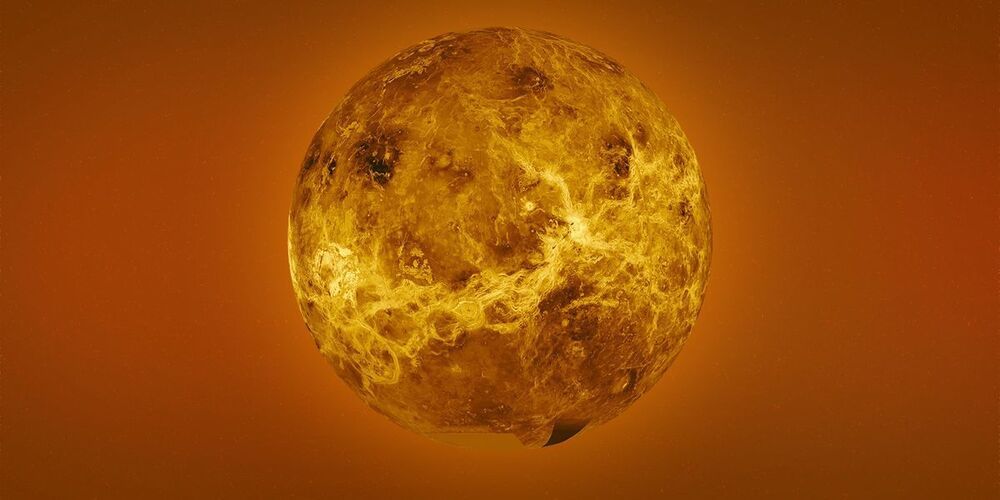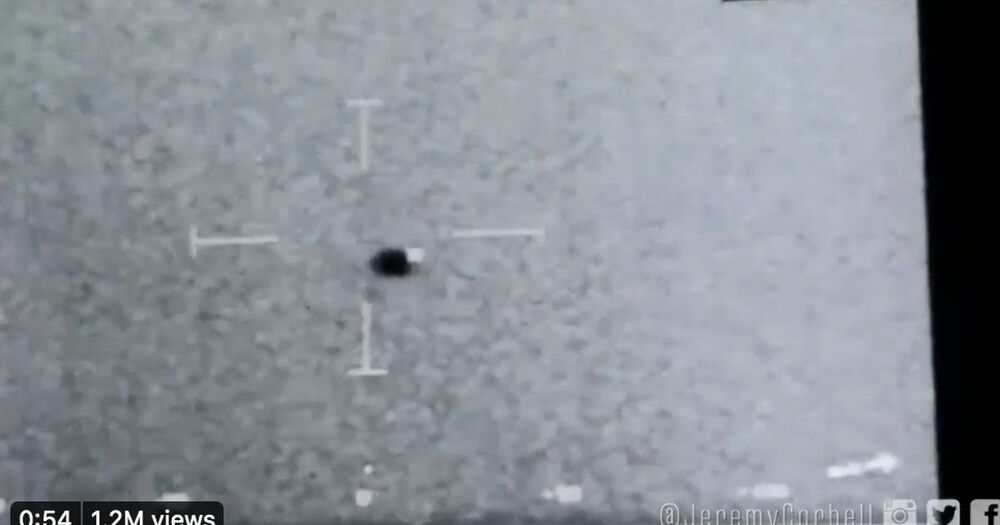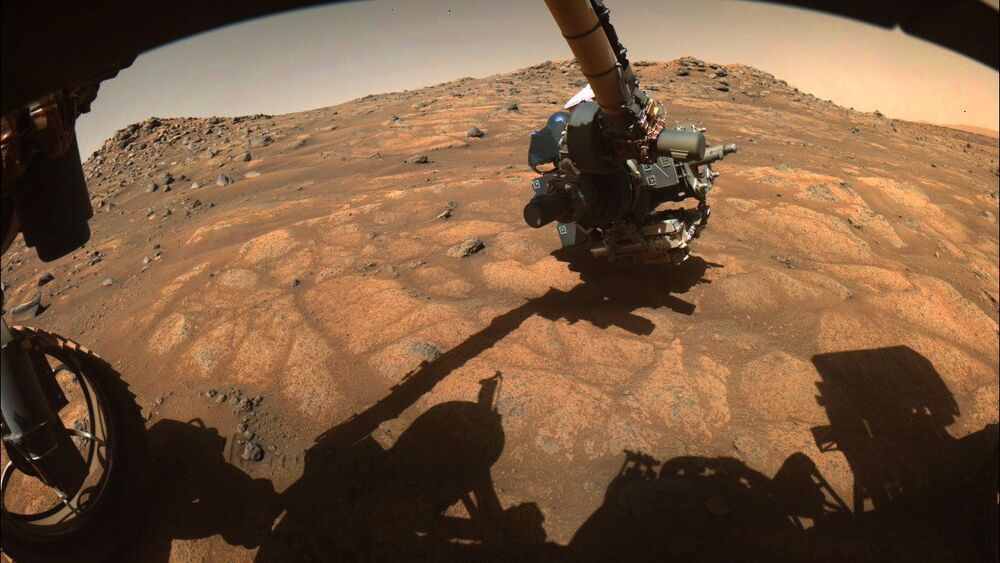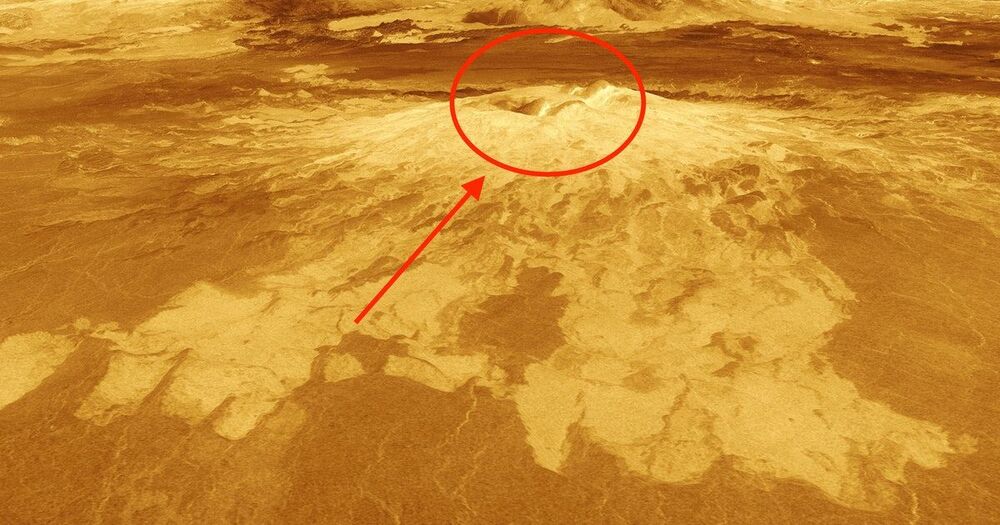The skies of Venus may contain signatures of alien life, according to scientists at the Massachusetts Institute of Technology.
In the search for alien life, the second planet from our Sun has long been ignored. It’s easy to see why: the Venusian surface reaches temperatures exceeding 800 degrees Fahrenheit; its dense atmosphere applies nearly 100 times more pressure to objects than Earth’s atmosphere; and the planet rains sulfuric acid, a corrosive chemical that causes severe burns to humans.
As such, most scientists have focused on finding signs of ancient alien life on Mars, or current life on moons like Europa or Enceladus. But Earth’s closest neighbor might have been the place to look all along.





